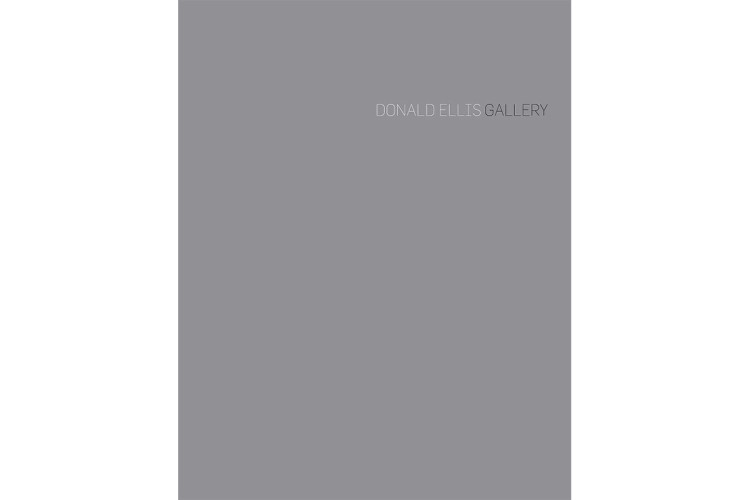Pattern Board
Southeast Alaska
ca. 1840
wood, paint
height: 40 ½"
width: 26 ½"
Inventory # N3802
Sold
acquired by the Thomson Collection now at the Art Gallery of Ontario
A tunic produced from this pattern board is in the collection of the Royal British Columbia Museum, Victoria, BC, cat. no. 14506
Provenance
Mildred Sparks, Haynes, AK
Arthur O. Wellman collection, CT
The Andy Warhol Collection, Sotheby’s, New York, April 28, 1988, lot 2576
Donald Ellis Gallery, Dundas, ON
Steve Muchnick and Eric Milleren, San Francisco, CA
Exhibited
“Northwest Coast Indian Art Traditions: Collected Heritage”, Grace Hudson Museum, Ukiah, CA, September 6 to November 23, 2003
PUBLISHED
Donald Ellis Gallery catalogue, 2012, pl. 56
RELATED EXAMPLE
Brown, Steven C. The Spirit Within. New York: Rizzoli, 1995, pg. 60, pl. 17
Holm, Bill. Box of Daylight. Seattle: University of Washington Press, 1984, pg. 60, pl. 88
Pattern boards typically include a little more than half of the blanket design, not including the black and yellow border. Since the designs were invariably bilaterally symmetrical, only the beginning of the repeat was needed. Only the black colour of the design was shown. Placement of the yellow and blue was so nearly fixed that skilled weavers knew just where those colours were to be. The weaver placed the pattern board to one side of her weaving frame, though always within reach, and she measured the size and placement of each element from the board. The weaving technique allowed her to work within a narrow section to avoid constant shifting of her position.
Most pattern boards were made of broad, handmade boards, and are relatively more rare than blankets in collections. The weavers have always been reluctant to part with them, and they were traditionally passed down from one generation to the next. Any number of blankets might be produced from a single board, so that there were never a large number. New boards were also coped from old blankets, and some variations in them surely resulted from this process.
Bill Holm, 1984
Related Publications

2012
$45.00 USD




